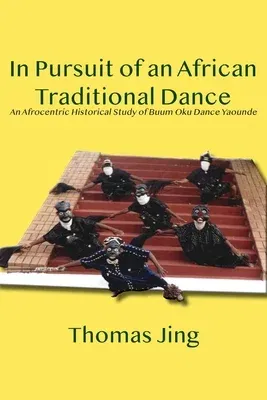Thomas Jing
(Author)In Pursuit of an African Traditional Dance: An Afrocentric Historical Study of Buum Oku Dance YaoundePaperback, 28 February 2022

Qty
1
Turbo
Ships in 2 - 3 days
In Stock
Free Delivery
Cash on Delivery
15 Days
Free Returns
Secure Checkout
Print Length
188 pages
Language
English
Publisher
Langaa RPCID
Date Published
28 Feb 2022
ISBN-10
9956552658
ISBN-13
9789956552658
Description
Product Details
Author:
Book Format:
Paperback
Country of Origin:
US
Date Published:
28 February 2022
Dimensions:
22.86 x
15.24 x
1.02 cm
Genre:
African
ISBN-10:
9956552658
ISBN-13:
9789956552658
Language:
English
Pages:
188
Publisher:
Weight:
258.55 gm

